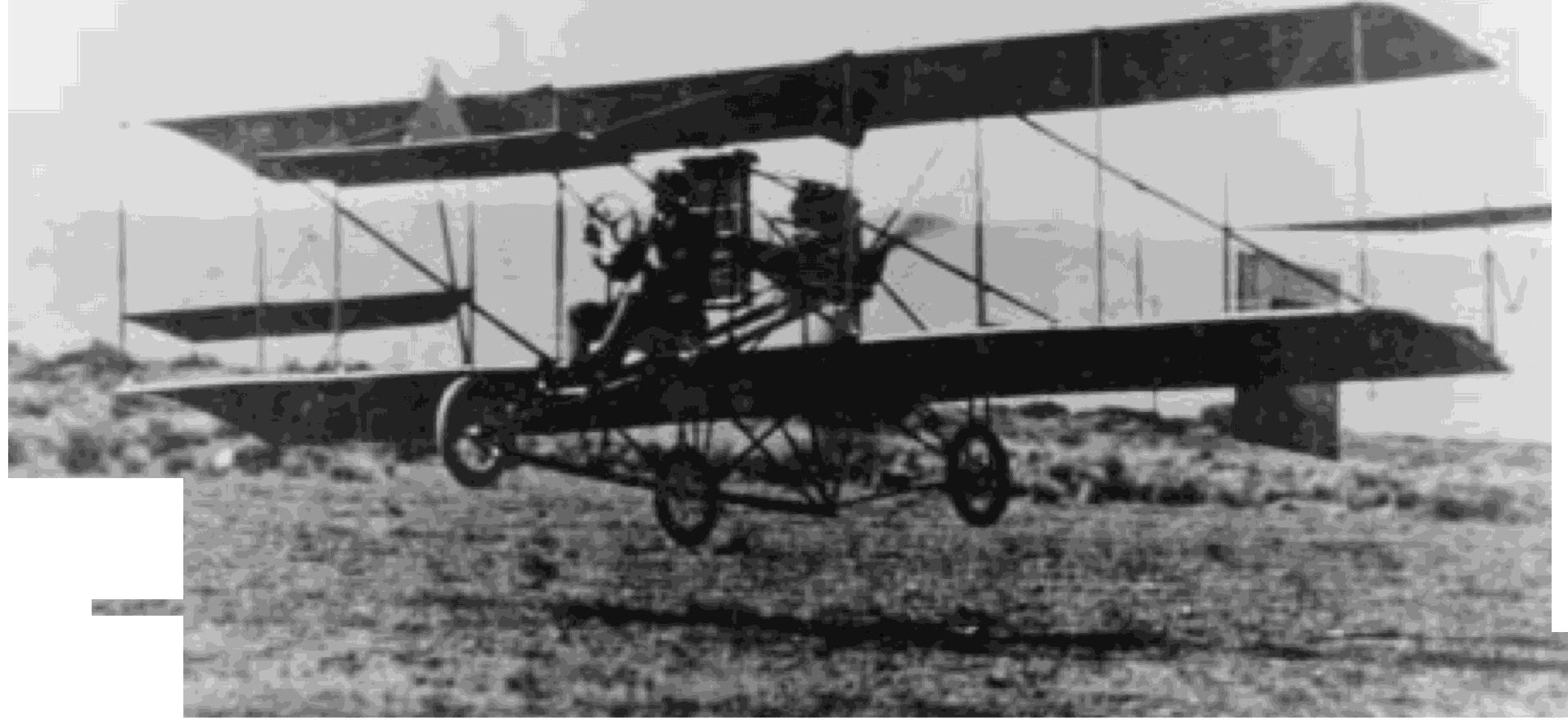
1912-Continued
25 July
Aircraft specifications-On the basis of the
Navy's experience with its first airplanes, the Secretary
of the Navy published "Requirements for
Hydroaeroplanes," the first general specifications for
naval aircraft. The purpose expressed by the Secretary
was "to assist manufacturers in maintaining the highest
degree of efficiency, while improving the factors
which govern safety in aviation, without demanding
anything that may not be accomplished under the lim-
itations of the present state of the art and without con-
fining purchases to the products of a single factory."
26 July
Tests of airborne wireless were continued at
Annapolis, Md., using the Wright B-1 piloted by
Lieutenant John Rodgers. On one flight, Ensign
Charles H. Maddox, who was giving technical assis-
tance to the aviators, sent messages to
Stringham
(Torpedo Boat No. 19) at a distance of about one and
a half miles.
31 July
The Navy's first attempt to launch an air-
plane by catapult was made at Annapolis, Md., by
Lieutenant Theodore G. Ellyson in the A-I. The air-
craft, not being secured to the catapult, reared at
about mid-stroke, was caught in a cross wind and
thrown into the water. The pilot was not injured. This
catapult, which was powered by compressed air, was
. -
..:
UNITED STATES NAVAL AVIATION
1910-1995
9
constructed at the Naval Gun Factory, Washington
Navy Yard, from a plan proposed by Captain
Washington 1. Chambers.
18 September
Lieutenant Bernard 1. Smith, USMC,
the second Marine officer assigned to flight training
and later designated Naval Aviator No.6, reported for
instruction at the Aviation Camp at the Naval Academy
in Annapolis, Md.
3
October
The Davis recoilless gun was given initial
tests at Naval Proving Ground, Indian Head, Md. This
gun was designed by Commander Cleland Davis to
fire from an aircraft a caliber shell large enough to
damage submarines but with a recoil slight enough to
be absorbed by the aircraft.
6 October
Lieutenant John H. Towers, flying the
Curtiss A-2, took off from the water at Annapolis, Md.,
at 6:50 a.m. and remained in the air 6 hours, 10 min-
utes and 35 seconds, setting a new American
endurance record for planes of any type.
8 October
Tests of a Gyro 50-horsepower rotary
motor were completed at the Engineering Experiment
Station, Annapolis, Md. This, the Navy's first recorded
attempt to utilize laboratory equipment and methods
""- -
..
Single-seat Curtiss trainel; similar
to the A-2 428449
 |
9 |
 |